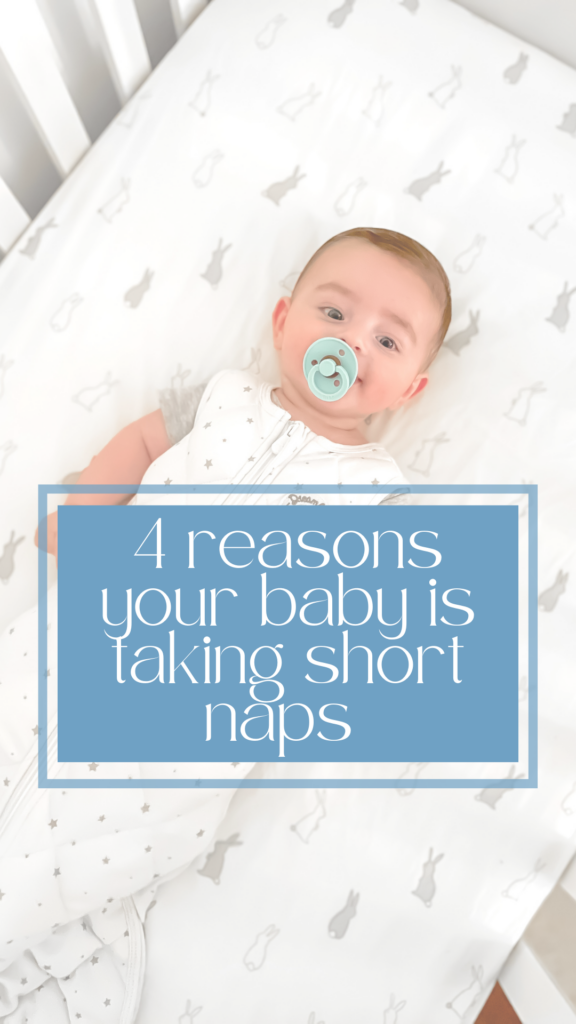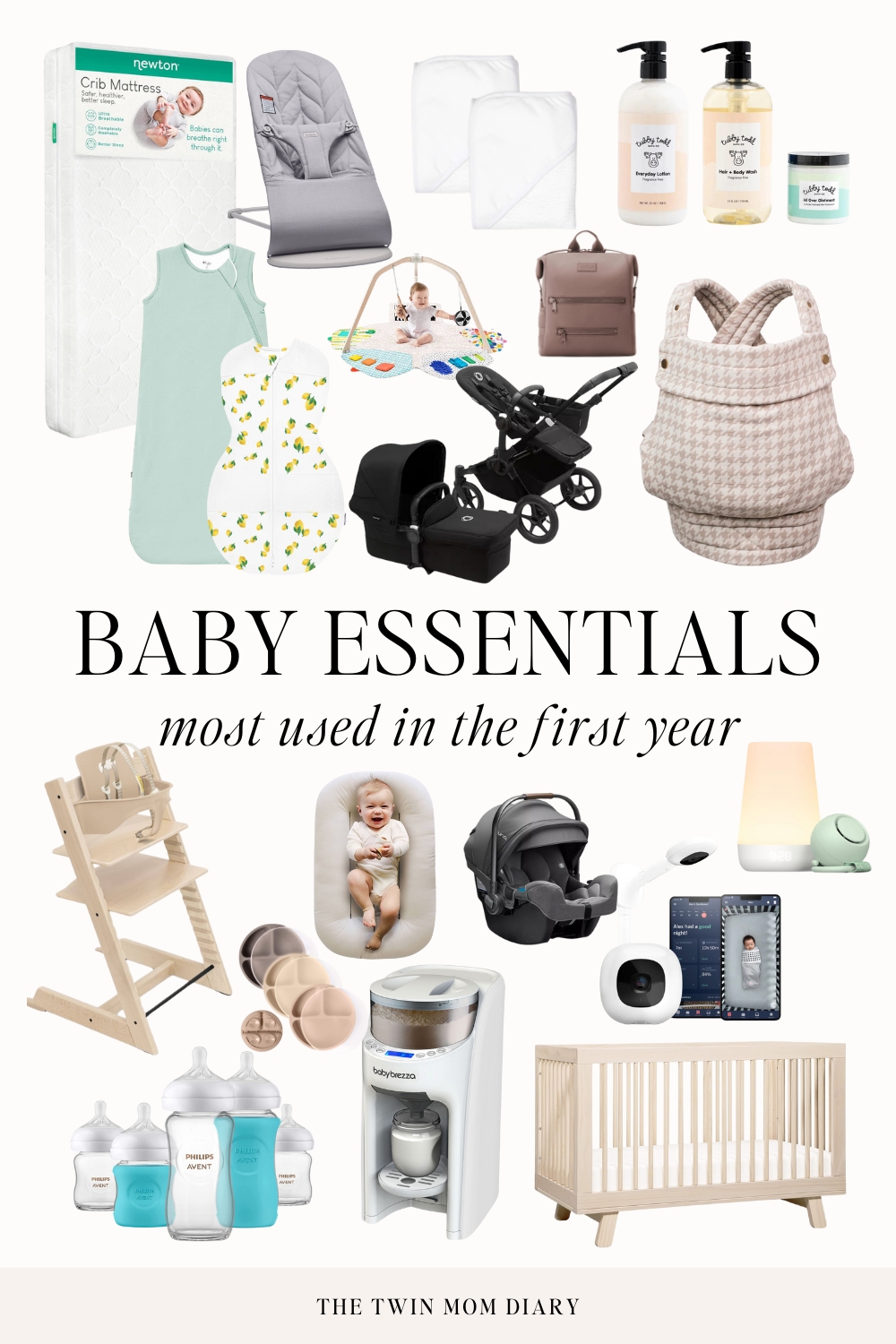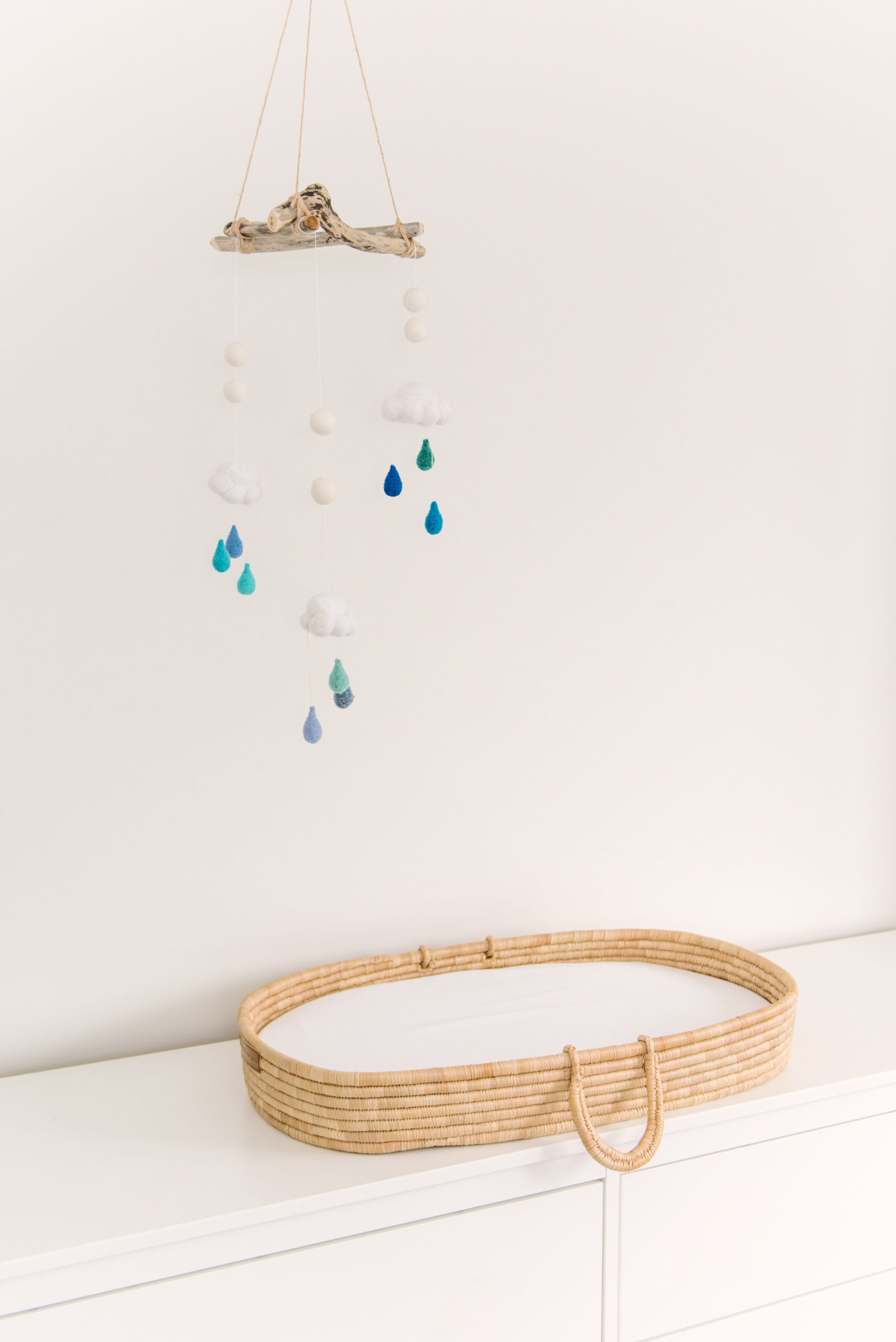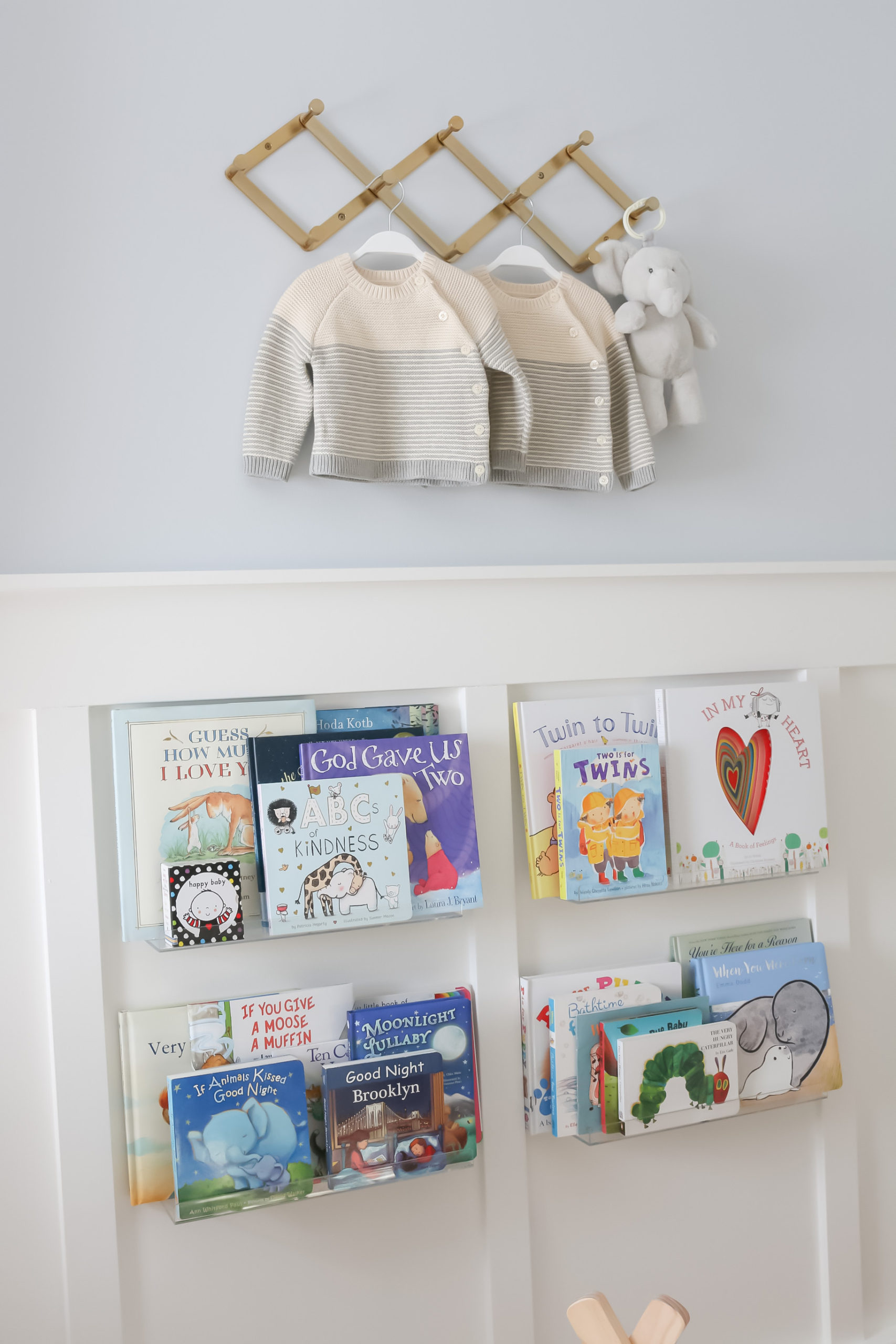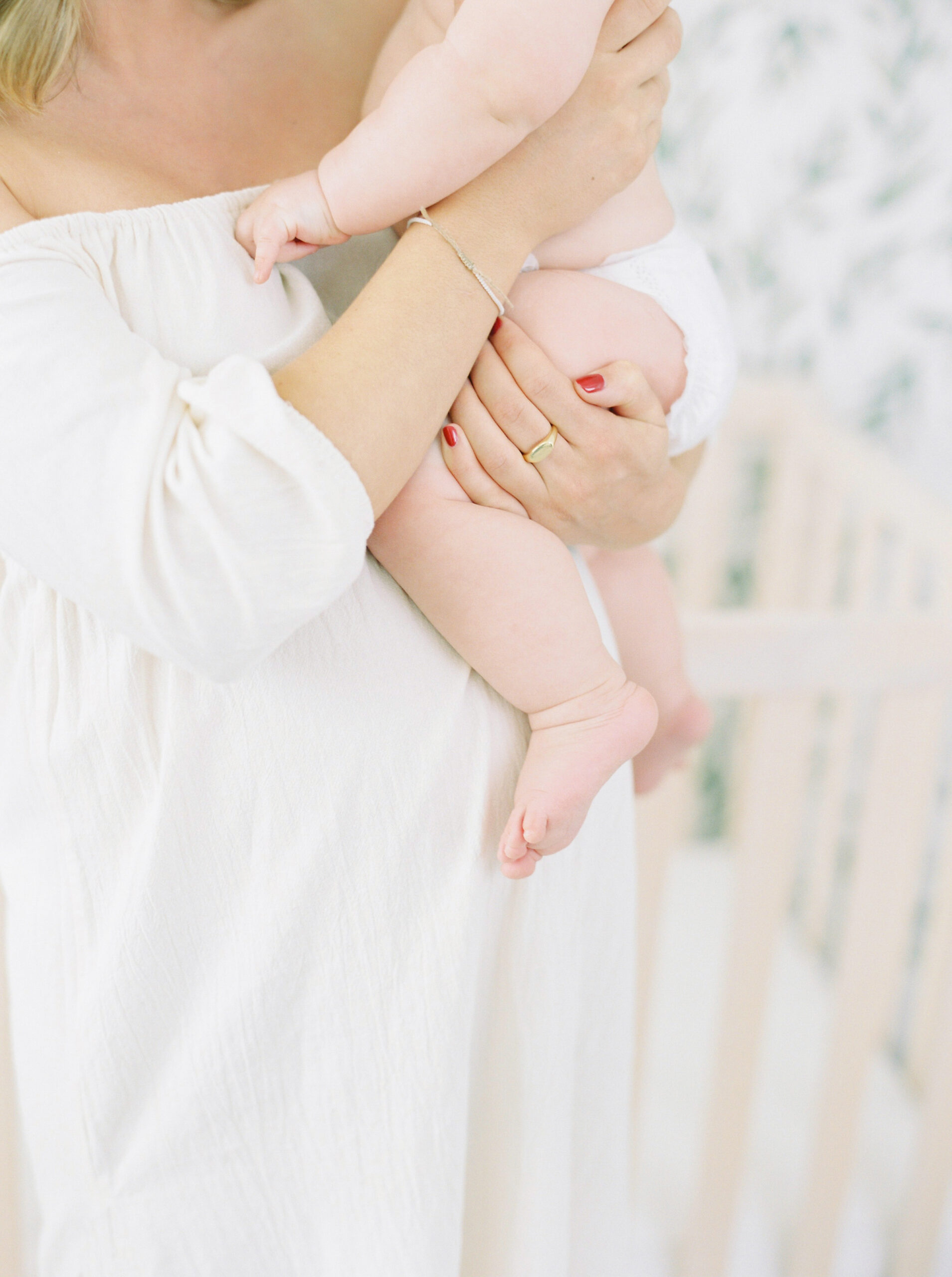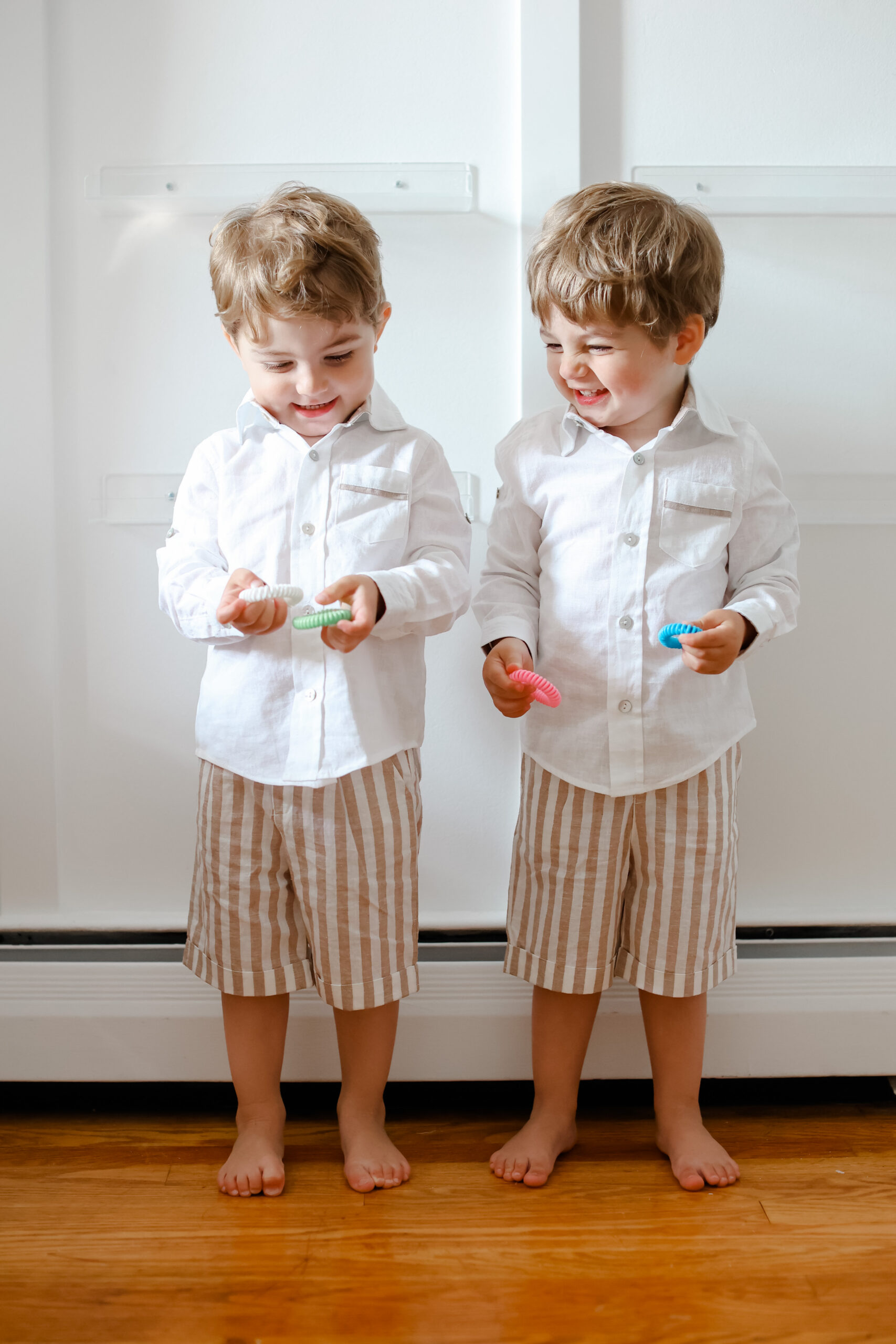Short naps are one of the most common issues I see parents experience when it comes to their babies. In this post we will cover what actually defines a short nap, 4 common reasons for short naps and how you can start helping your little one nap longer starting today.
What defines a short nap?
Before we go any further, let’s first get on the same page as to what a short nap is. A short nap is a nap that is under one hour. It can be as short as 15 minutes. A long nap is a nap that is 60 minutes and over.
Short naps are very common in newborns as they have to feed every 2-3 hours. They can also be normal up to 5-6 months of age.
Around 4 months, a baby’s sleep cycle is more developed and adult-like. A typical sleep cycle is between 40 – 50 minutes. As the baby grows older they learn how to connect their sleep cycles which enables them to have longer naps
4 reasons your baby is taking short naps
Schedule
Ensure that their daily schedule is appropriate for their sleep needs with an age appropriate bedtime and morning time. If you need a schedule specifically customized for your baby’s age and desired bedtime, I have a guide available that will give you sample schedules from birth to 5 years old, sleep needs and nap transitions.
Wake Times
Ensuring you are staying within the general guidelines of how long your baby should be awake between naps and sleep is extremely important. You want to prevent a baby from getting overtired which leads to short and more difficult naps to begin with. On the other hand, being under-tires also leads to short naps. So practice finding that sweet spot for your baby!
Inconsistencies
Consistency is one of the most important factors when it comes to our baby’s sleep. If you are placing the baby in different sleeping environments, different times of the day, it can make it very difficult for them to take a restorative nap.
Sleep Associations
A sleep association is anything external that your baby needs in order to fall back asleep or fall asleep to begin with. Think of it like this, if your baby is not able to use this sleep association himself and needs your help, it’s most likely a sleep association.
For babies 6 months and older being dependent on a sleep prop is one of the biggest reasons for short naps. If you rock them to sleep, place them in the crib while they are asleep, tippy toe out, your baby will wake up when switching sleep cycles (every 40-50 minutes) and cry out for you.
What can I do to address short naps?
Sleep environment
Believe it or not but the sleep environment has a lot to do with your baby’s sleep. Creating the optimal environment for your baby will help them take better naps, help with night sleep and can even aid early morning wakings.
Save and print this helpful sleep environment checklist to help create yours today:

Nap routine
A nap routine is just as important as a bedtime routine. It doesn’t have to be long, just a shortened version of your bedtime routine.
A simple routine such as a book/song, sleep sack, white noise, crib is perfect! This will help the baby understand what is coming next in their day! They will eventually connect the dots and understand that it means sleep is coming.
Avoid Sleep Props
The older your baby gets, the more they become dependent on a sleep prop (if they use it).
Are they waking up because the pacifier fell out?
Are they waking up because they were rocked to sleep and now they are not being rocked?
Sleep props are often the problem for all baby sleep. Sometimes parents don’t even know where to begin to break them.
Through my 1-1 sleep training, I teach you how to enable your child to be in control of their own self soothing. So when they wake up from their nap which does happen, they get back into their comfortable position and fall back asleep.
Stop, Wait and Observe
Often when changing sleep cycles, babies wake up from their naps. They can fuss a little, make some noise, giggle or cry out for you. Give it a few minutes before responding to see what they will do next.
They may surprise you and actually fall back asleep. You can monitor through the baby monitor to ensure they are safe.

